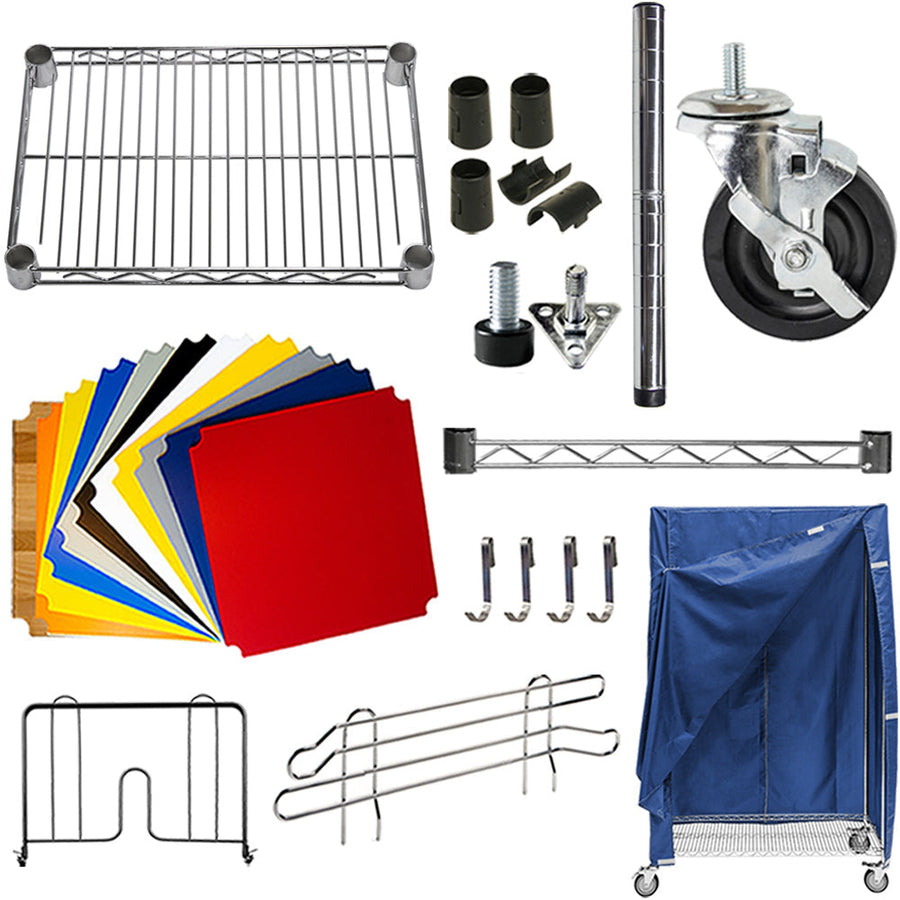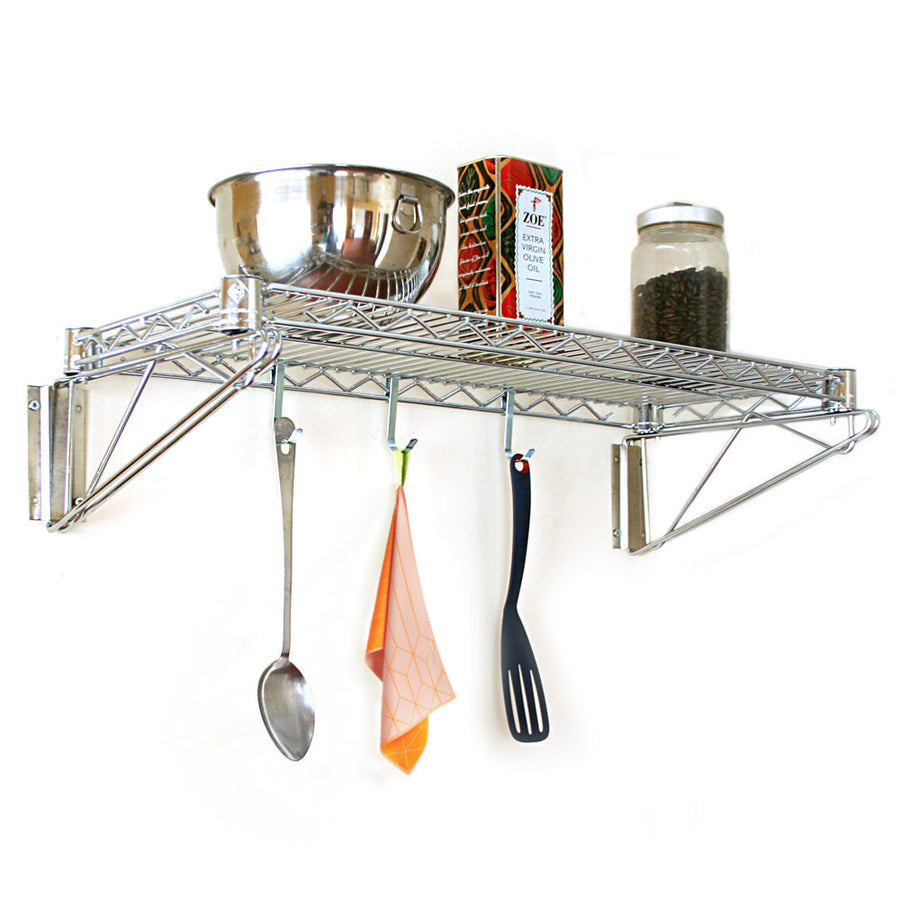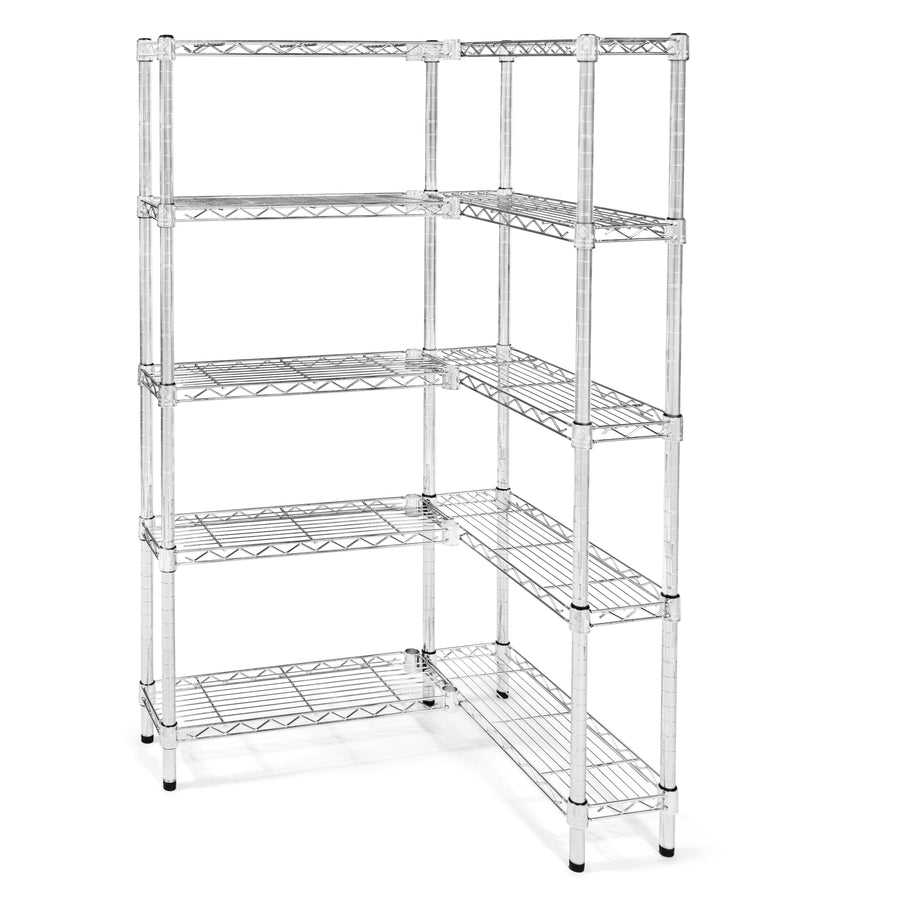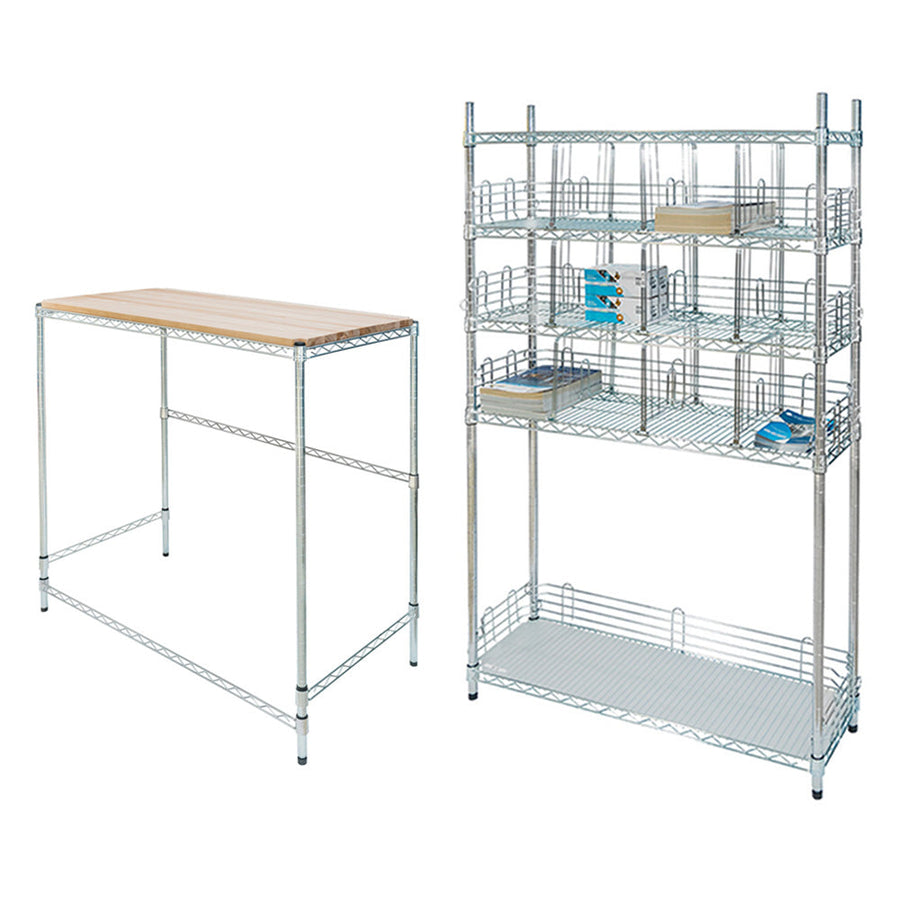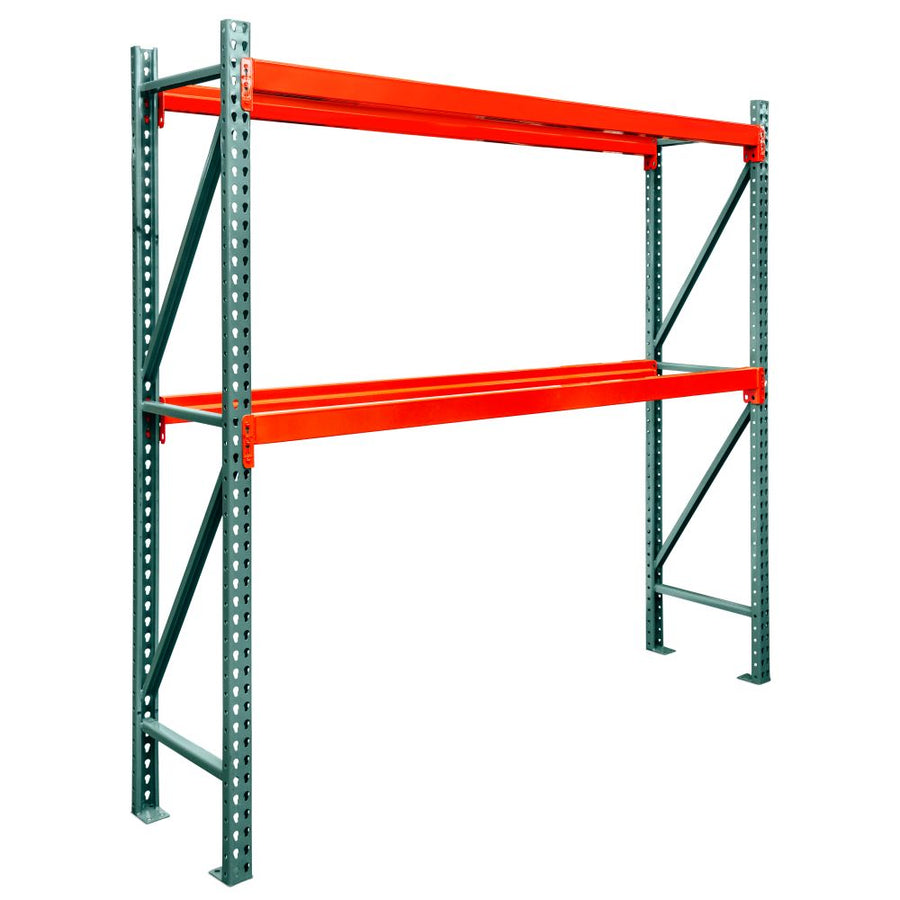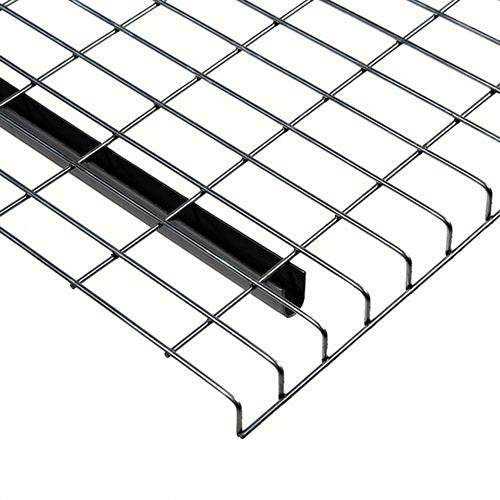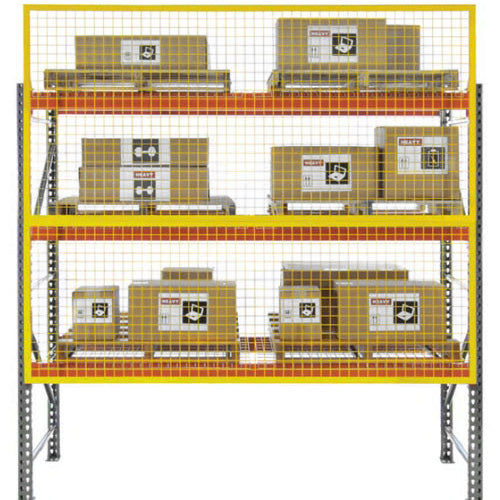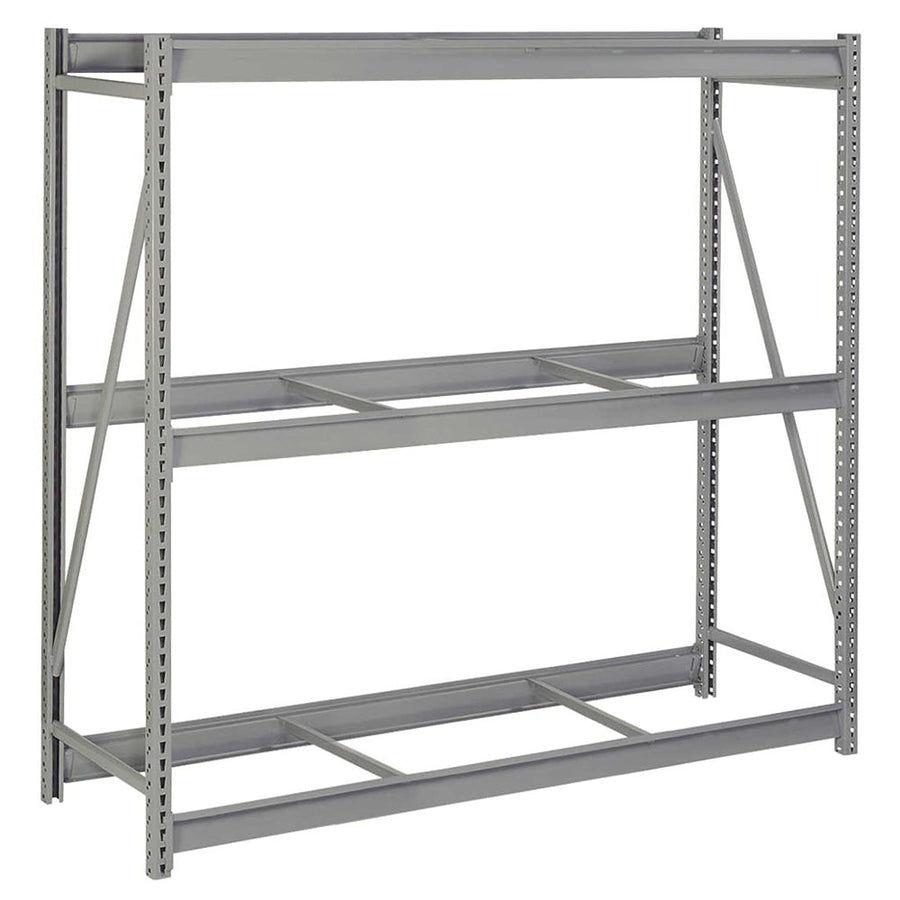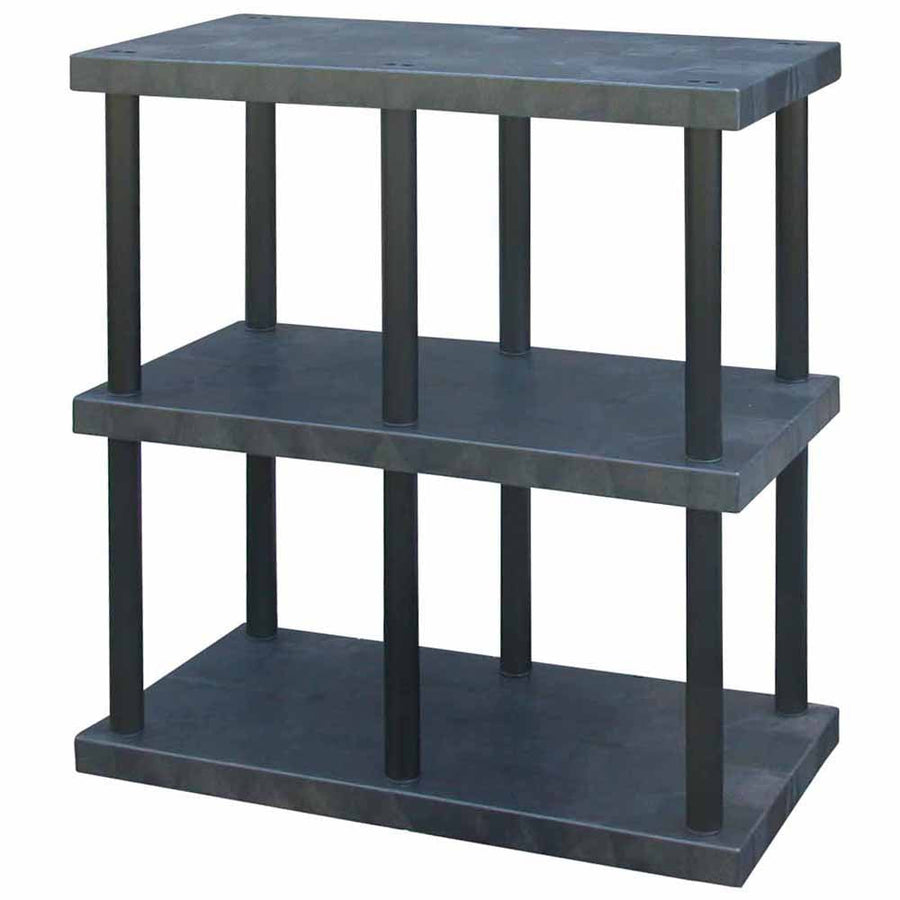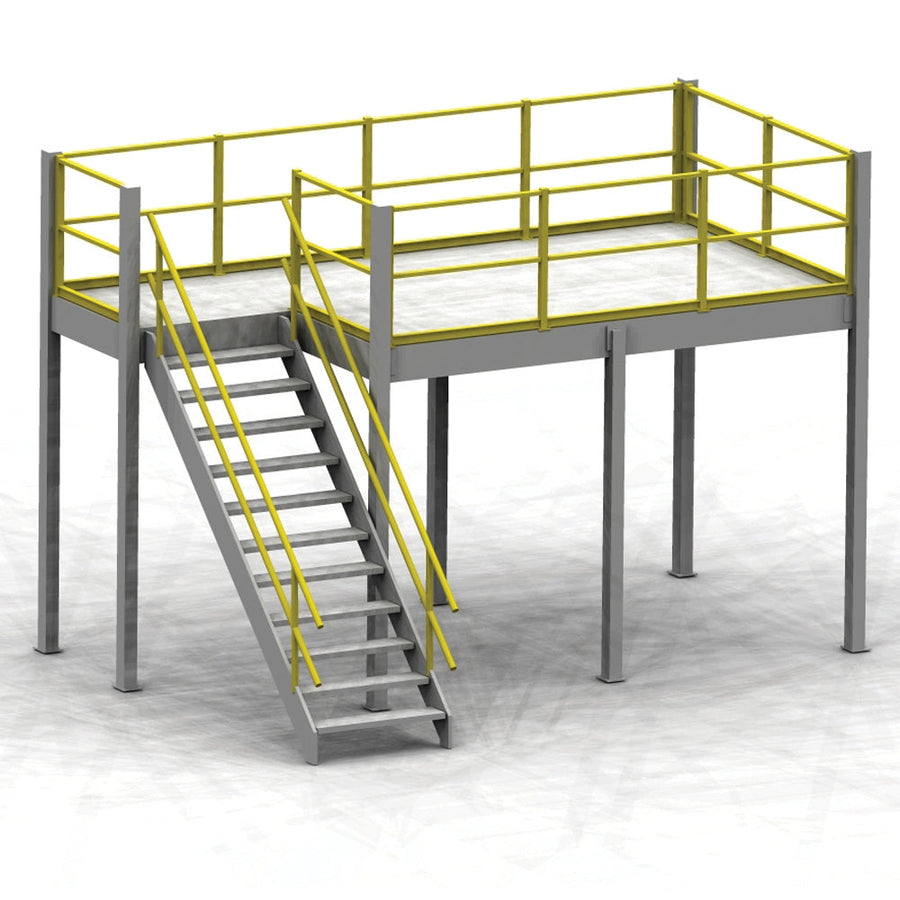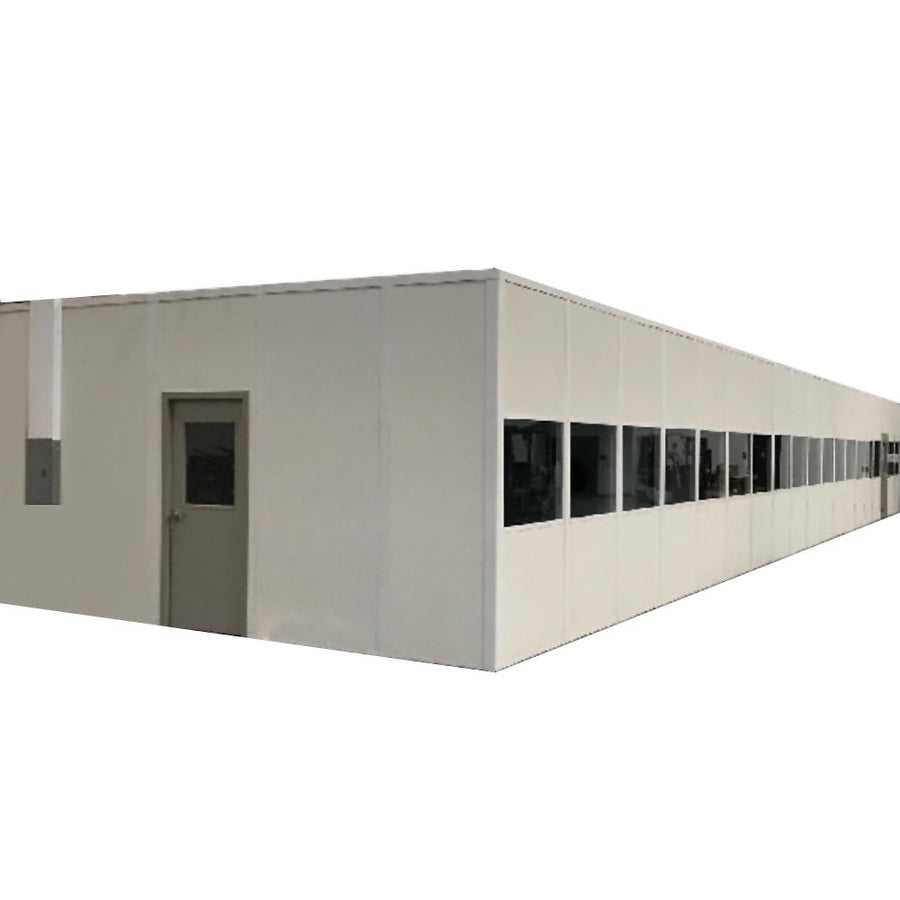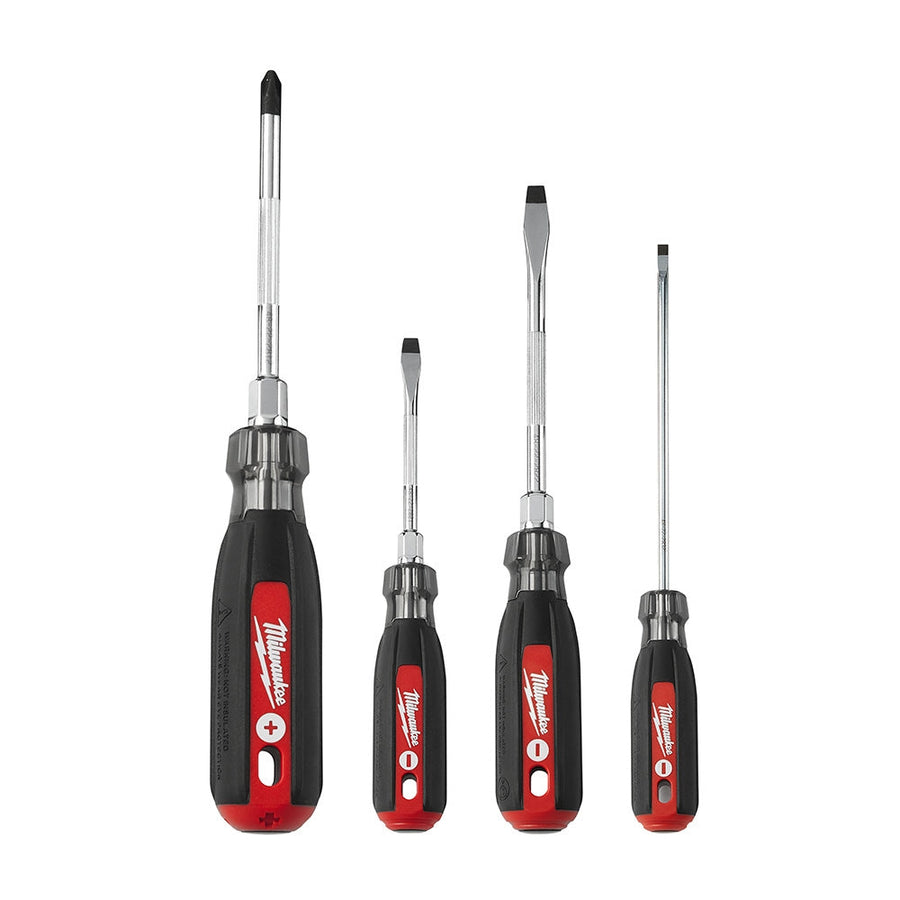Much like any other building or business, warehouses (and the equipment they contain) need their own fair share of upkeep and maintenance. Regular maintenance can keep your warehouse operating at full capacity, help keep your product safe, and help to reduce the cost of production and operations by preventing equipment breakdowns.
By eliminating anything that can cause unplanned downtime or damage to your product, you can help maintain your bottom line and make sure operations continue uninterrupted. Here’s a few tried-and-true tips to help keep your maintenance regular and focused to help maintain your business operations:
Create a Maintenance Plan: The first step is to create a regular maintenance plan to help ensure everything is attended to. Take an overview of everything installed in your warehouse and all the machinery you use (forklifts, shipping/receiving installations, etc) and figure out an order and schedule with which that these items should be inspected and repaired. Dividing up the work is crucial here, as well as proper scheduling - it likely can’t all be done at once, so knowing what to prioritize is important.
Account for Inventory: Ideally, any maintenance you perform won’t interfere with warehouse operations, but it’s still important to account for standard procedures and inventory counts during maintenance and repair times. If you have to perform maintenance on anything that may impact your inventory such as industrial shelving or wire shelving, perform inventory counts on any affected areas to make sure any inventory is present and accounted for while everything’s being torn down and inspected for maintenance.
Involve Your Employees: Even if they’re not trained for maintenance work, your employees are likely to be more familiar with your equipment due to the time they spend working on it. Keep your workers involved and incentivize them to report potential damage or weakness in any of the equipment they work with; forklift drivers can keep an eye out for poor performance, stock workers can watch for weakness in your storage solutions, and so on. Their familiarity with the equipment involved will give them a better perspective on what may need to be done to your equipment, and they can better monitor for specific problems.
Stick To Your Schedule: Of course, this isn’t going to be something that can just be done once. Once a maintenance schedule is set, sticking to it is the best way to prevent bigger problems later. Spending a short amount of time at regular intervals to perform maintenance tasks is preferable to losing a lot of time (and money) due to a larger equipment failure, and you’ll start to notice the impact on your operations and bottom line once you haven’t had to deal with broken or malfunctioning equipment after a while.



